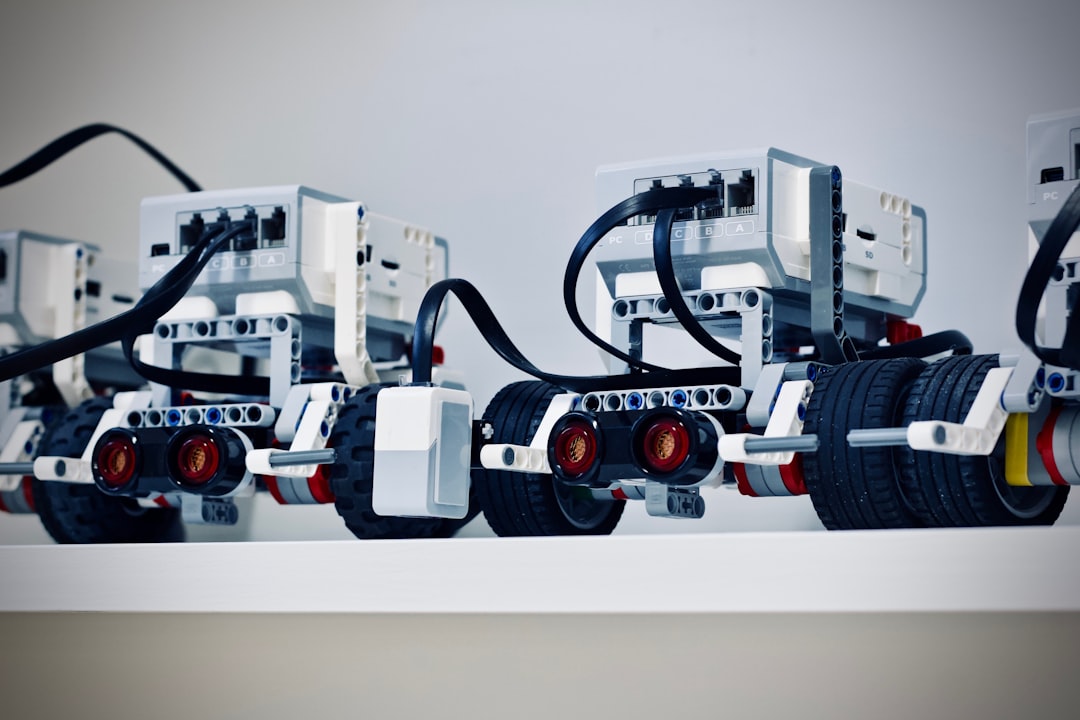What is it about?
The present paper deals with the computational study of unidirectional glass fibre reinforced epoxy composites in short-beam bending test and the comparison of the induced results with experimental and analytical results.
Featured Image
Why is it important?
The main aim of this work is to evaluate the performances of composite beams under three-point bending and to study the interlaminar shear failure by investigating the unidirectional fiber reinforced epoxy composites experimentally and numerically via the Finite Element Analysis (FEA). Moreover, it is possible to obtain the stress distribution at the supports and at the loading points where usually there is an abrupt variation due to the indentation existing because of the noses.
Perspectives
The aim of the results presented in this study was to investigate in which level the compu-tational analysis approaches the classical beam theory as well as the experimental results and how the orientation of the fiber influences the maximum values of normal and shear stresses . Another important task also was to determine the differences between theoret-ical/experimental values with computational ones when approaching the loading points and the supports where some assumptions may be not valid or are doubtful.
Professor EFSTATHIOS E. THEOTOKOGLOU
National Technical University of Athens
Read the Original
This page is a summary of: Study of unidirectional fiber reinforced epoxy composites in short-beam bending test, Journal of Reinforced Plastics and Composites, August 2017, SAGE Publications,
DOI: 10.1177/0731684417725807.
You can read the full text:
Contributors
The following have contributed to this page










